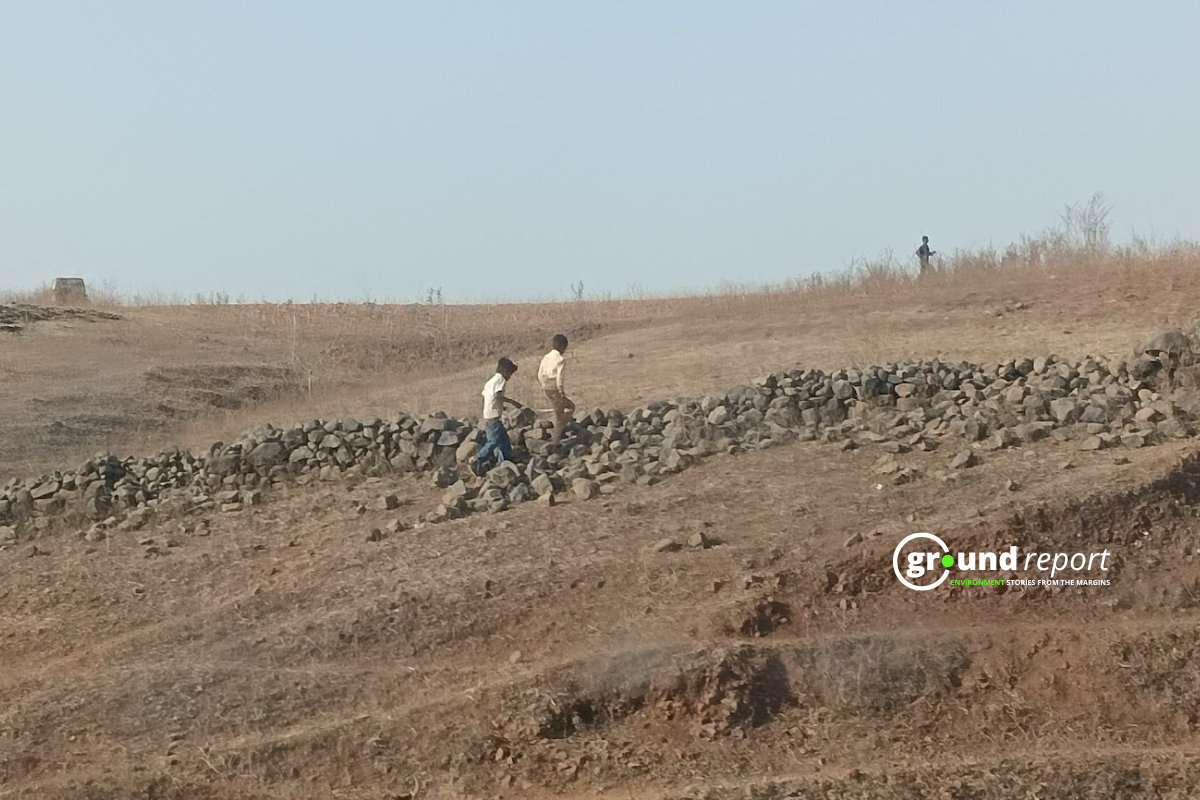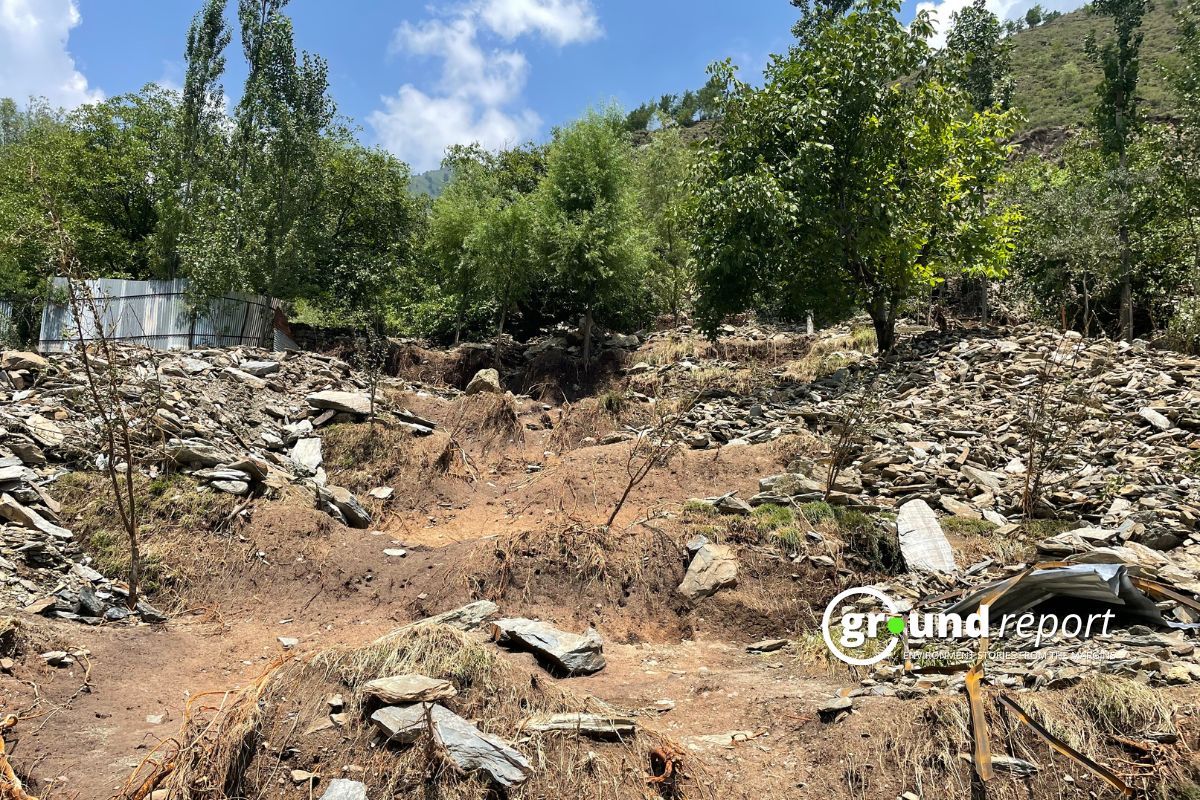Recent devastating flooding in Dubai and other parts of the Persian Gulf has raised concerns about the role of climate change, although scientists have yet to identify definitive evidence linking the deluge to greenhouse gas-induced warming, according to a new report.
Heavy rain caused deaths, exceeded norms significantly
The extreme rainfall, which resulted in the deaths of at least two dozen people in the United Arab Emirates, Oman, and parts of Saudi Arabia, saw between 10% and 40% more rainfall in a single day than would be expected in a world without the 1.2 degrees Celsius (2.2 degrees Fahrenheit) warming attributed to human activities since the mid-19th century.
The findings, from a rapid study conducted by scientists at World Weather Attribution and released on Thursday, indicate a concerning trend, even though the report has not yet undergone peer review. In some areas, such as Dubai, a record-breaking 11 inches (28.6 centimetres) of rain fell within 24 hours, more than twice the usual yearly average, causing widespread disruption in the typically arid cityscape of towering skyscrapers.
In over 60 previous reports by World Weather Attribution (WWA), a key method has been creating computer simulations to compare actual weather events to hypothetical scenarios without climate change. However, in the case of the recent flooding in Dubai, there wasn’t sufficient data for such simulations to be conducted.
“The UAE and Oman floods have shown that even dry regions can be strongly affected by precipitation events, a threat that is increasing with increasing global warming due to fossil fuel burning,” said Sonia Seneviratne, a professor at the Institute for Atmospheric and Climate Science in Zurich.
Past data shows increased rain intensity
Instead, analysis of decades of past observations revealed a notable increase of 10% to 40% in rainfall amounts. El Niño, a periodic warming of the central Pacific Ocean, played a significant role, according to the report. While heavy downpours in the Gulf have occurred previously during El Niño events, researchers observed a trend of these deluges becoming more intense over time—a pattern consistent with projections of increased precipitation in a warming world.
Study co-author Mansour Almazroui of the Center of Excellence for Climate Change Research at King Abdulaziz University in Saudi Arabia emphasized the impact of El Niño, stating that the flooding would not have occurred without it. However, climate scientist Friederike Otto, Senior Lecturer in Climate Science at the Grantham Institute in London underscored the role of human-caused climate change, stating that the severity of the flooding would not have been as pronounced without it.
Regarding speculation about UAE cloud seeding, the report dismissed any connection between cloud seeding and the volume or likelihood of rainfall. Almazroui clarified in a news conference that the storm clouds were not subjected to seeding, and any effects of cloud seeding, if present, would have been more immediate. He asserted, “This type of rainfall never comes from cloud seeding.”
Weaver: Consider data, don’t jump conclusions
University of Victoria climate scientist Andrew Weaver cautioned against concluding when there’s a discrepancy between computer simulations and observations, emphasizing the importance of considering well-established techniques and scientific expectations in interpreting such events.
“The Indian Ocean is getting warmer. And the high pressure in the Indian Ocean is surely contributing the rainfall,” he told reporters.
“While we can’t stop El Niño, we can stop climate change,” Otto said. “The solution is to stop burning fossil fuels, to stop deforestation,” she said. Deforestation is responsible for at least 12% of global carbon pollution.
Nearly half a year on from the climate talks, “countries are still opening new oil and gas fields,” Otto said. “If the world keeps burning fossil fuels, rainfall in many regions of the world will get heavier and heavier, resulting in deadlier and more destructive floods.”
“This work, when combined with theory and attribution studies associated with the increasingly frequent other extreme rain and flooding events around the world, makes the convincing case that climate warming supercharged the recent extreme rainfall and flooding event UAE and Oman,” said climate scientist Jonathan Overpeck, dean of the University of Michigan’s environment school. “This is what global warming increasingly looks like — more severe climate extremes and human suffering.”
Keep Reading
Part 1: Cloudburst in Ganderbal’s Padabal village & unfulfilled promises
India braces for intense 2024 monsoon amid recent deadly weather trends
Support us to keep independent environmental journalism alive in India.
Follow Ground Report on X, Instagram and Facebook for environmental and underreported stories from the margins. Give us feedback on our email id greport2018@gmail.com.
Don’t forget to Subscribe to our weekly newsletter, Join our community on WhatsApp, and Follow our YouTube Channel for video stories.










